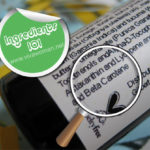
Skin care strategy to counter UV damage
By now, we should have realized the importance of wearing sunscreen on a daily basis, even at home. However, you may want to know that wearing sunscreen daily is still not sufficient to obtain maximum photoprotection. Although sunscreens are useful, but because of inadequate use, we cannot expect it to shield our skin from all the damaging UV rays.
In fact, according to this medical document, Modern approaches to photoprotection, sunscreens are useful for protection against UVB (290-320 nm) and short-wave UVA (320-340 nm), but complete protection against long-wave UVA (340-400 nm) has not been achieved.
A systemic strategy capable of protecting all skin has not been achieved, although a combination of high-dose oral vitamin C and E can provide modest photoprotection. Topical antioxidants are a useful complement to sunscreens; when delivered into skin, they provide a supplemental reservoir for inherent antioxidants and afford additional photoprotection.
What does this all mean? Well, let me share my intepretation and my three-prong skincare approach to keep UV damage under better control.
1. Continue to use a sunscreen daily
Needless to say, we have to continue using a sunscreen religiously. Make sure you pick a sunscreen that can offer sufficient sun protection. In my case, it would have to be one containing zinc oxide which is more protective against long-wave UVA. On days when I feel like using a chemically formulated sunscreen, then it would have to be one containing both Mexoryl SX & XL. When it comes to makeup, I try to pick those that offer some form of SPF protection. And I try to stay away when the UV index is at the highest or I make sure I use protective gears like sunglasses and an umbrella.
image from www.shiseido.co.jp
2. Increase intake of food containing antioxidant beta-carotene
Skin naturally uses antioxidants to protect itself from photodamage. Unlike conventional sunscreen ingredients, which block or absorb UV rays, antioxidants work to protect against the damage UV radiation from inside the skin cells.
Hence, eating more fruits and vegetables that contain beta-carotene which is known to possess antioxidant properties that help neutralize free radicals and protect our skin against sun damage. The best sources of beta-carotene are yellow and orange vegetables as well as fruits and dark green leafy vegetables. Tomatoes are good, and so are watermelons, carrots, spinach and brocolli just to name a few. You can also drink green tea if you like. In addition, there are beta-carotene supplements available in the market but personally, I believe taking the natural source is better.
3. Apply antioxidants to complement sunscreen protection
I learnt from the book Age-Proof Your Body that a study from the Cornell University suggests that antioxidants obtained from the diet are stored in the deeper subcubtaneous layer of the skin, leaving the corium and outer epidermis only partially protected. Thus, applying antioxidants to the skin can complement dietary intake.
Topical antioxidants that have been studied to be effective in creams or ointments are Vitamin C, Vitamin E, Glutathione, Lipoic Acid, Coenzyme Q10, Soy- isoflavanone while other more natural ingredients include grapeseed oil, rosehip oil, green tea and pomegranate. Antioxidant protection against the free radicals that are produced from sun exposure is provided by many of these ingredients, whilst others work by stimulating the cells own protective mechanisms against damage.
However, note that these topical antioxidants complement conventional sunscreen protection. When used alone, they do not provide sufficient protection against UV damage. So it would make sense for you to purchase a sunscreen containing antioxidant ingredients or alternatively, applying a moisturizer or serum containing antioxidants. Like in my case, I use a vitamin C serum underneath my zinc oxide sunscreen on a daily basis.
Final note
I won’t say that this three-prong skincare approach will give you 100% protection against UV damage but it is definitely better than just relying on using sunscreen since we know that sunscreen alone can never give us enough protection. So yes, in this case, three is definitely better than one!
Comments
Leave a Reply
You must be logged in to post a comment.

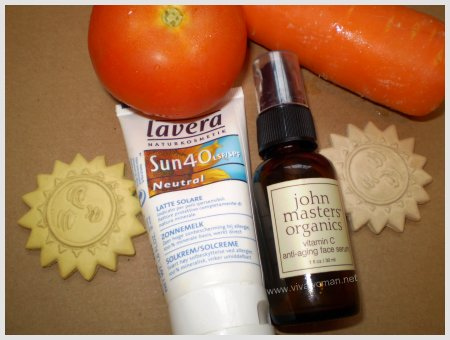
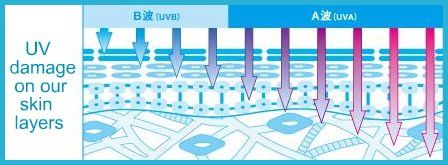
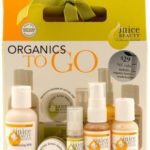
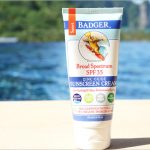









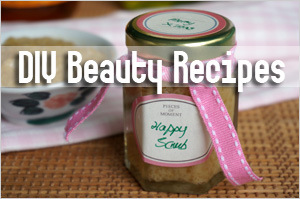

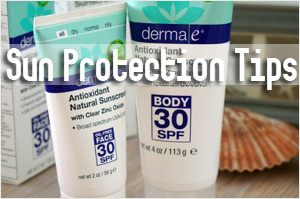
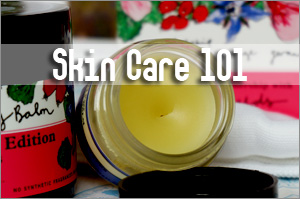
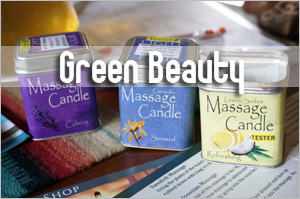
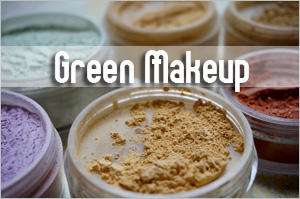
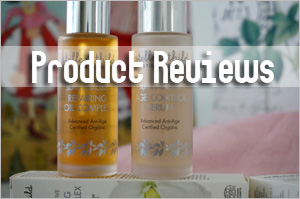

hhmm, just wondering.. if i have a moisturizer with an spf of 15 and a face powder with an spf of 25, when i use them at thesame time, do i get an spf of 40? thanks..
Jamaica: Based on my understanding, the answer is no. You won’t get combined SPF40. Your primary protection is still from your moisturizer so you get SPF15 if you apply sufficiently. The protection from the face powder comes in when you reapply during the day considering the sunscreen last for about 2 hours. But take note that we won’t get SPF25 from face powder because we cannot be applying a thick layer. So maybe it’s about SPF15.
How about a big straw hat and uv protective clothing?
Chickie: That, for outdoor activities…I used to wear a straw hat for golfing…no kidding. ?
This is a great posting. Sunblock is by far the most neglected skin care routine out there.
If you like this posting search for this article “Why Use Sunblock In the Winter”.
Cesar: Hi! Thanks for your comments. Although I don’t experience winter here, sunscreen is important in winter too. I’ll have a look at the article soon.